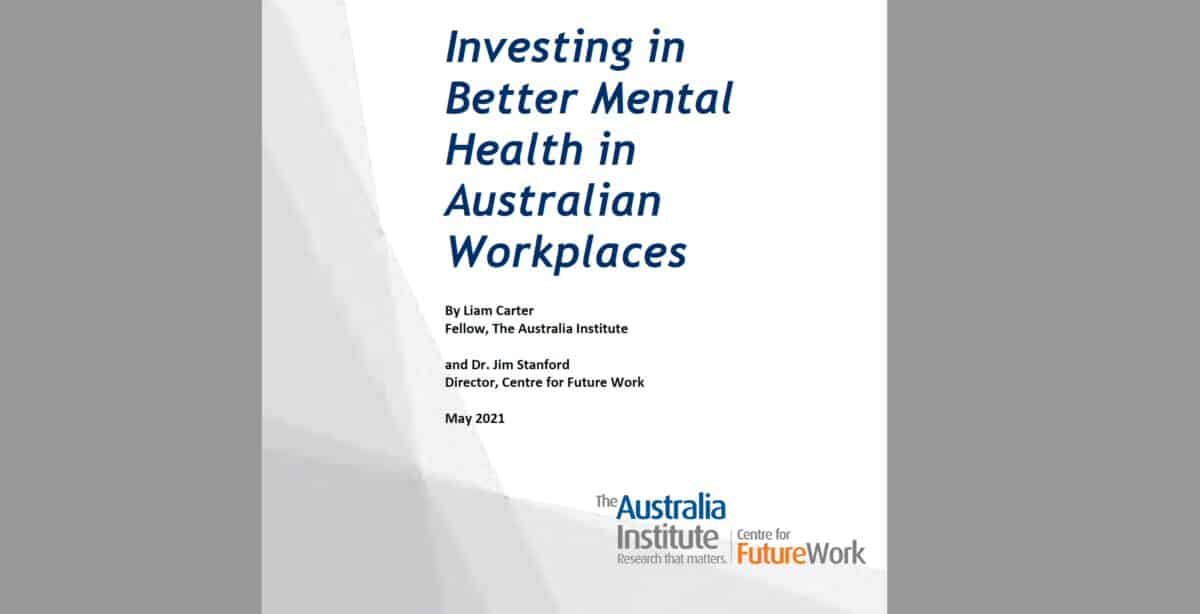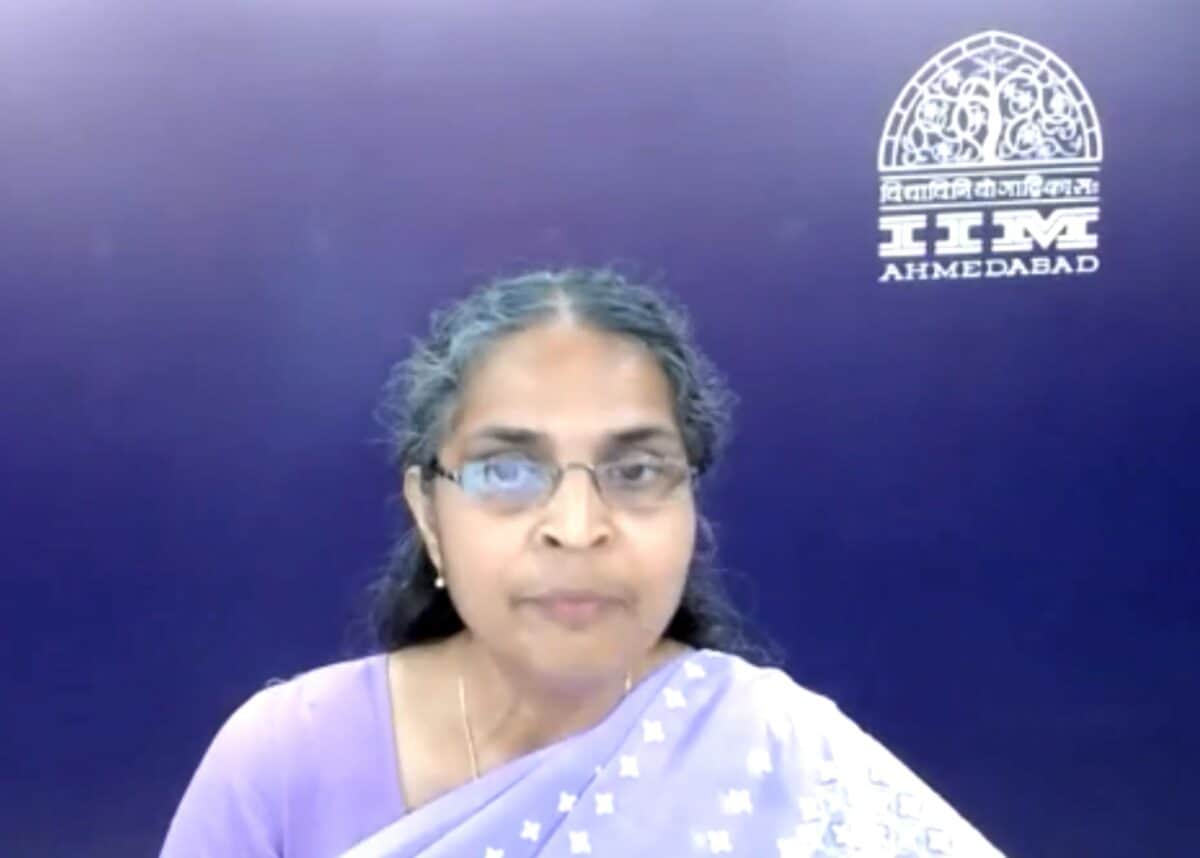Politicians and executives love to claim a cause when there is only a correlation. This was displayed recently in Australian Senate Hearings on the issue of occupational health and safety (OHS) and Industrial Manslaughter (IM).
Wiktionary defines Cause as:
The source of, or reason for, an event or action; that which produces or effects a result.
And Correlation as
A reciprocal, parallel or complementary relationship between two or more comparable objects.
The conflation of these two very different relations has been a serious drag on OHS progress in practice and policy.






